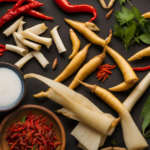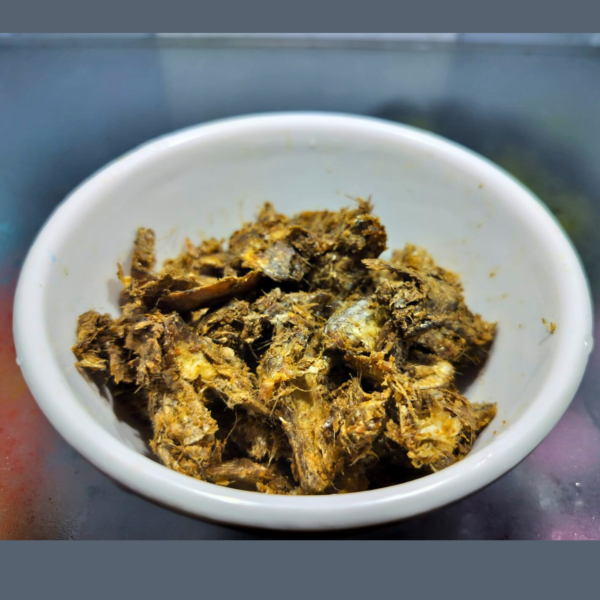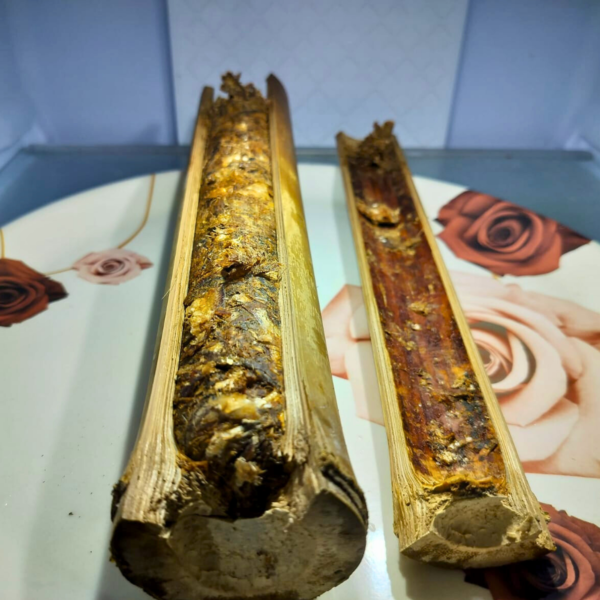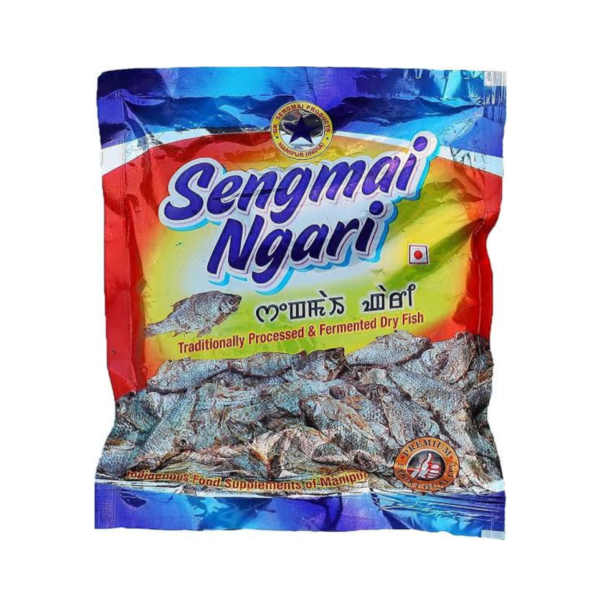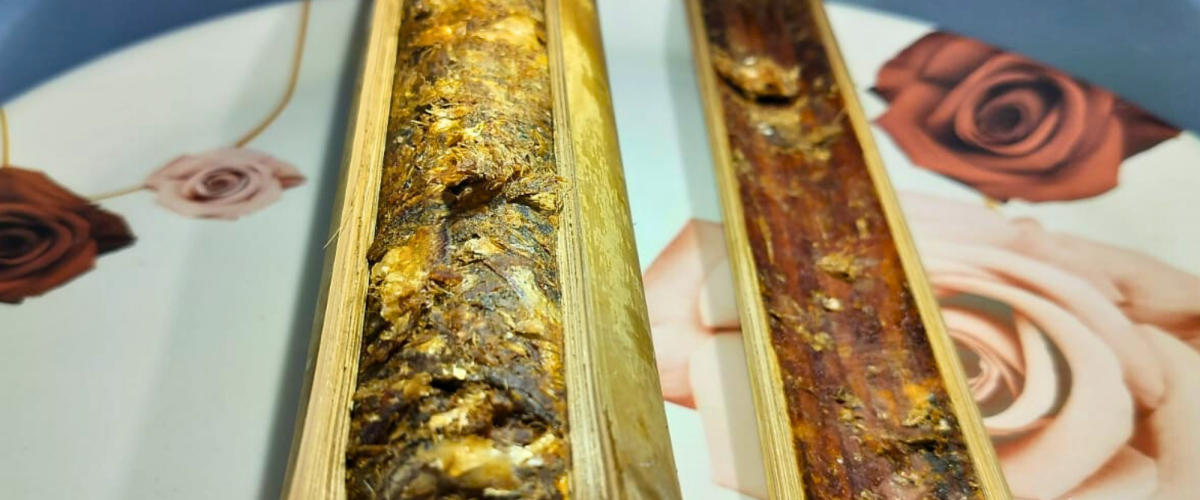
Introduction
In the lush landscapes of Meghalaya, the Garo tribe has preserved a rich culinary tradition that is deeply connected to their environment and culture. Among their many traditional practices, Na•kam Datta stands out as a unique and flavorful condiment. This fermented fish product, preserved in bamboo, is not a standalone dish but rather an essential add-on that enhances the taste of various traditional dishes and chutneys. In this article, we’ll explore the origins, the precise preparation process, and the cultural significance of Na•kam Datta, celebrating its role in the culinary heritage of the Garo people.
The Cultural Significance of Na•kam Datta
Na•kam Datta is a vital part of the Garo tribe's culinary tradition, serving as a flavorful companion to many dishes rather than a dish on its own. This fermented fish condiment is deeply rooted in the cultural practices of the Garo people, reflecting their resourcefulness and connection to the land. The bamboo fermentation process not only preserves the fish but also infuses it with complex flavors that enhance the taste of traditional meals. For the Garo people, Na•kam Datta is a symbol of their culinary heritage and communal life.
The Art of Making Na•kam Datta: A Step-by-Step Guide
The preparation of Na•kam Datta is a meticulous process that involves several traditional techniques:
Washing and Drying the Fermented Fish: The process begins with thoroughly washing the fermented fish to remove any impurities. The fish is then carefully dried, preparing it for the next steps.
Preparing the Bamboo: Bamboo, which serves as the natural container, is cut into foot-long sections. These bamboo tubes are washed and dried to ensure they are clean and ready for stuffing.
Stuffing the Bamboo: The dried, fermented fish is carefully stuffed into the hollow bamboo tube. This step requires precision to ensure the fish is evenly packed inside the bamboo.
Sealing with Lemon Leaf and Clay: After stuffing the fish into the bamboo, the opening is covered with a lemon leaf, adding a subtle citrus aroma. The bamboo is then sealed with clay, which keeps the contents secure and facilitates the fermentation process.
Fermentation Period: The sealed bamboo tubes are stored in a cool, dry place for about a month. During this time, the fish continues to ferment, developing deep, savory flavors. After a month, the Na•kam Datta is ready to be used as an add-on to traditional dishes and chutneys.
A Taste of Tradition
Na•kam Datta is typically enjoyed as a flavor-enhancing condiment, adding a burst of rich, umami-filled taste to traditional dishes and chutneys. The fermented fish provides a unique, savory depth that complements and elevates the flavors of simple meals.
Na•kam Datta in the Modern World
As the global interest in traditional and regional cuisines grows, Na•kam Datta is gaining recognition beyond Meghalaya. Food enthusiasts and cultural explorers are drawn to this unique condiment for its distinctive preparation and rich history. Platforms like NEHaven are helping to share Na•kam Datta with a broader audience, supporting local artisans and food producers while preserving the culinary heritage of the Garo tribe.
Conclusion
Na•kam Datta is not just a condiment; it’s a cultural legacy that embodies the resourcefulness, creativity, and deep connection to nature that defines the Garo tribe. As we explore the rich tapestry of Northeast India’s culinary traditions, Na•kam Datta stands out as a shining example of how food can connect us to our roots, our community, and our environment. Whether you’re a seasoned foodie or a curious traveler, experiencing Na•kam Datta is a journey into the heart of Meghalaya’s vibrant cultural heritage.
By sharing the story of Na•kam Datta, we not only celebrate a unique culinary tradition but also contribute to the preservation and promotion of the rich cultural heritage of Northeast India. So, the next time you’re looking to explore new flavors, consider adding Na•kam Datta to your culinary repertoire—and savor a taste of tradition.
